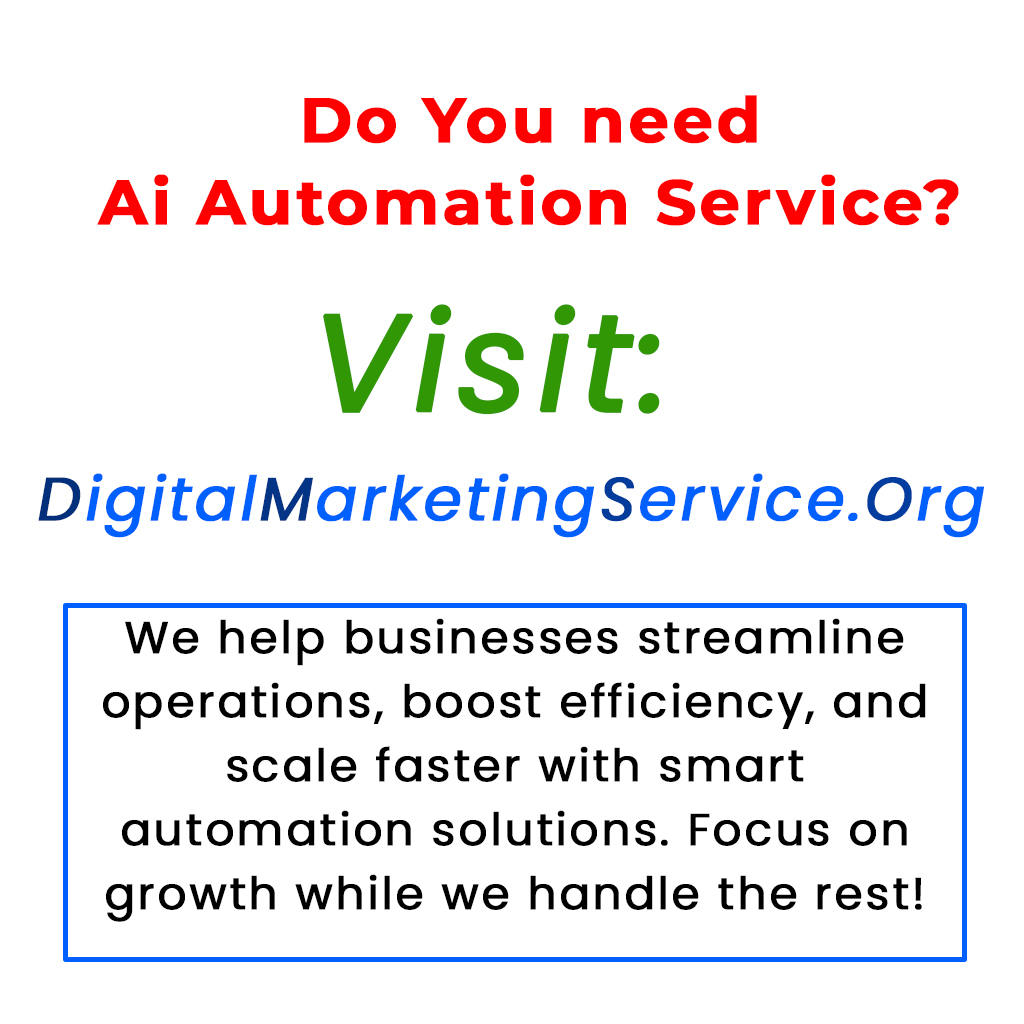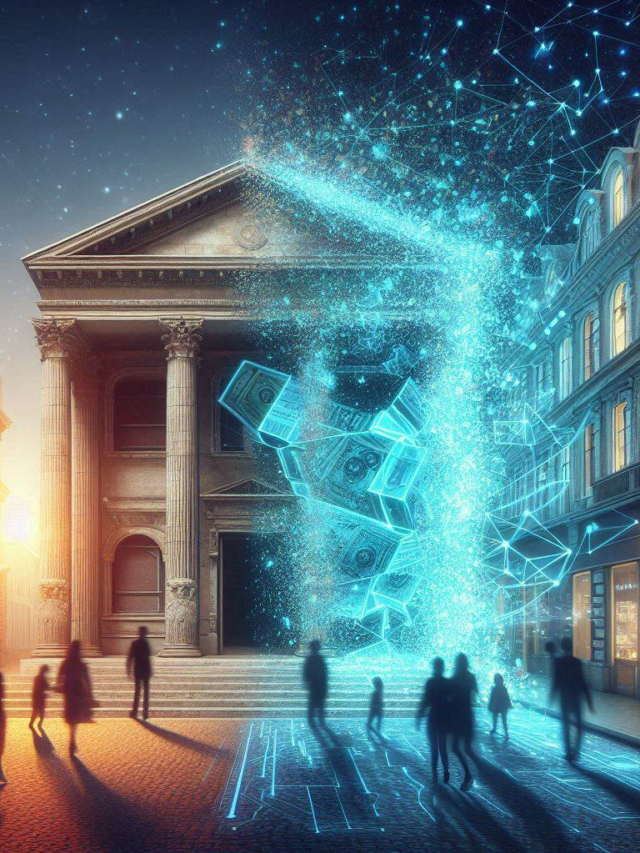In the evolving landscape of software development, AI agents and operators are becoming essential tools. This post builds on the previous discussion about AI agents by guiding you through creating a personal assistant that interacts with both simple and complex tools like Gmail and Google Drive. The project uses a Next.js application called Assistant 0, focusing on tool calling capabilities. You’ll set up everything from cloning the GitHub repository to implementing various features like a calculator, web search, and email drafting. This tutorial is part of a series on integrating AI agents with secure authentication, making it easier to manage digital tasks efficiently. Join us as we explore the future of intelligent automation!
AI Agents Revolutionizing Software Development: Build Your Own Assistant
In the ever-evolving landscape of software development, AI agents and operators are quickly becoming fundamental tools. They excel at integrating with various digital resources to enhance efficiency. In our previous article, we introduced how AI agents can seamlessly connect with different services. Here, we will guide you through the creation of a personal assistant that utilizes both simple unauthenticated tools and more complex authenticated tools, such as Gmail, Calendar, and Google Drive.
Understanding the significance of AI agents allows developers to tap into powerful automation capabilities. If you missed our earlier post, I highly recommend reading it to grasp how AI agents handle tool calling and security measures.
Getting Started with the Assistant 0 Application
To kick things off, you’ll be using a Next.js application named Assistant 0. This AI personal assistant allows users to manage their digital tasks by connecting to various tools for better organization and productivity.
The technology stack essentially involves Next.js, along with several other tools to facilitate our development. Below are the prerequisites needed to build this application:
– Familiarity with JavaScript and Node.js.
– Access to APIs for Gmail, Calendar, and Google Drive.
– A GitHub account to clone our example repository.
After cloning the Assistant 0 repository and installing dependencies, you can set up your development environment. Ensure you configure your environment variables correctly by copying sample files and including your OpenAI API key.
Creating Your AI Personal Assistant
Your Assistant 0 application is well-structured, allowing easy navigation through its components. The application includes routes for user interactions and an API endpoint specifically for chat functionalities where your AI agent resides.
Now, you can expand your assistant’s capabilities by adding tools. Start with a basic calculator tool for arithmetic operations. Integrate the calculator from the LangChain community, allowing users to perform calculations seamlessly.
Next, progress to add a web search tool using SerpAPI. This authenticated tool enables users to search the internet for relevant information right from the Assistant. Gathering an API key from SerpAPI and updating your application’s environment file allows smooth integration.
As your Assistant evolves, incorporating Gmail tools opens a whole new realm of functionalities. Start with Auth0 authentication to securely access Gmail. By establishing a Google OAuth 2.0 connection, you’ll be able to access and manage user emails with ease.
Supercharge Your Assistant with Email Functionality
Once your authentication setup is in place, you can introduce Gmail search tools. This allows the assistant to fetch emails based on user queries. You can also add a Gmail draft tool, enabling the assistant to prepare email drafts on behalf of the user.
As you progress, encourage users to interact with the assistant by asking queries about emails or drafting messages. The integration of these tools will enhance user experience and demonstrate the potential of AI agents in daily digital interactions.
Looking Ahead
This guide has illuminated how to build an AI assistant using various tools, integrating functionalities that many users will find beneficial. The next steps will be expanding your assistant further by incorporating tools like Google Calendar and Google Drive.
Stay tuned for our upcoming series as we dive deeper into enhancing AI agents and exploring authentication techniques for AI-driven applications. If you’re interested in learning more, consider signing up for Auth for GenAI, which helps developers secure user information in AI applications.
In summary, AI agents represent the frontier of software development, making our lives easier by automating tasks and providing streamlined functionalities. As you implement these features, you’ll witness the impressive capabilities of AI in action!
Primary Keyword: AI agents
Secondary Keywords: software development, personal assistant, automation tools
Tags: AI, Software Development, Automation, Personal Assistant, Coding Guides
FAQ for Using Gmail Securely
What is Gmail’s two-step verification?
Gmail’s two-step verification adds an extra layer of security to your account. When you log in, after entering your password, you will also need to verify your identity using a second method, like a text code sent to your phone. This makes it harder for someone to access your account.
How can I create a strong password for my Gmail?
To create a strong password, use a mix of uppercase and lowercase letters, numbers, and symbols. Make your password at least 12 characters long, and avoid using easily guessed information like birthdays or names. Consider using a password manager to help you keep track of different passwords.
What should I do if I think my Gmail account is hacked?
If you suspect your Gmail account has been hacked, change your password immediately. Then, check your account recovery options and make sure they are up to date. You should also look for any suspicious activity, like emails you didn’t send. Report any issues to Google support for further help.
How can I keep my Gmail secure from phishing scams?
To protect yourself from phishing scams, be cautious with emails that ask for personal information or contain links. Always check the sender’s email address and look for signs of a scam, like poor grammar or urgent demands. Never click on links or download attachments from unknown sources.
Is it safe to use public Wi-Fi for checking my Gmail?
Using public Wi-Fi can be risky. If you must check your Gmail on public Wi-Fi, use a virtual private network (VPN) to help secure your connection. Avoid accessing sensitive information when on public networks to keep your data secure.





